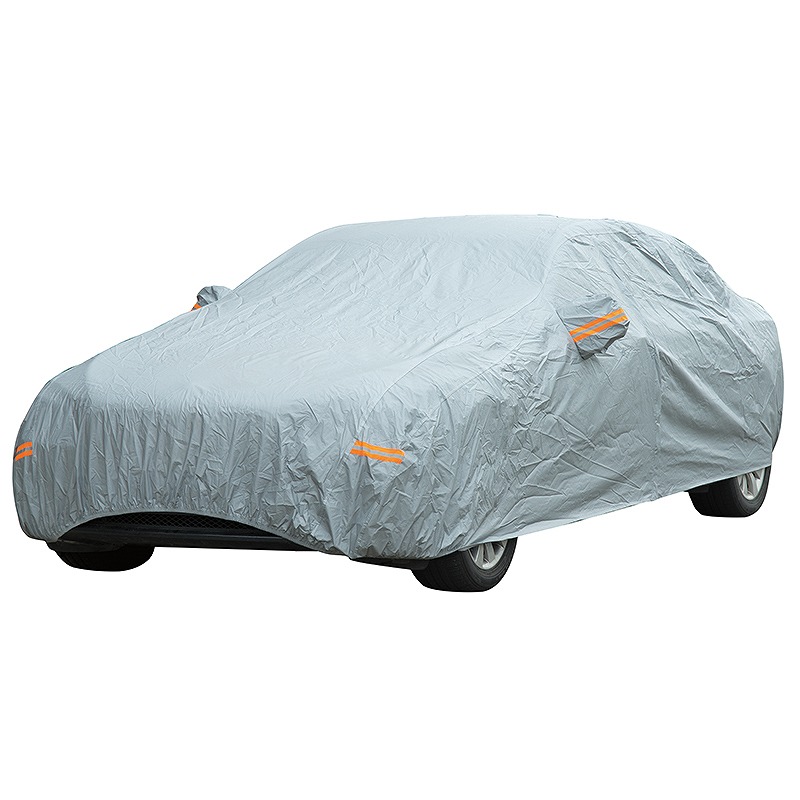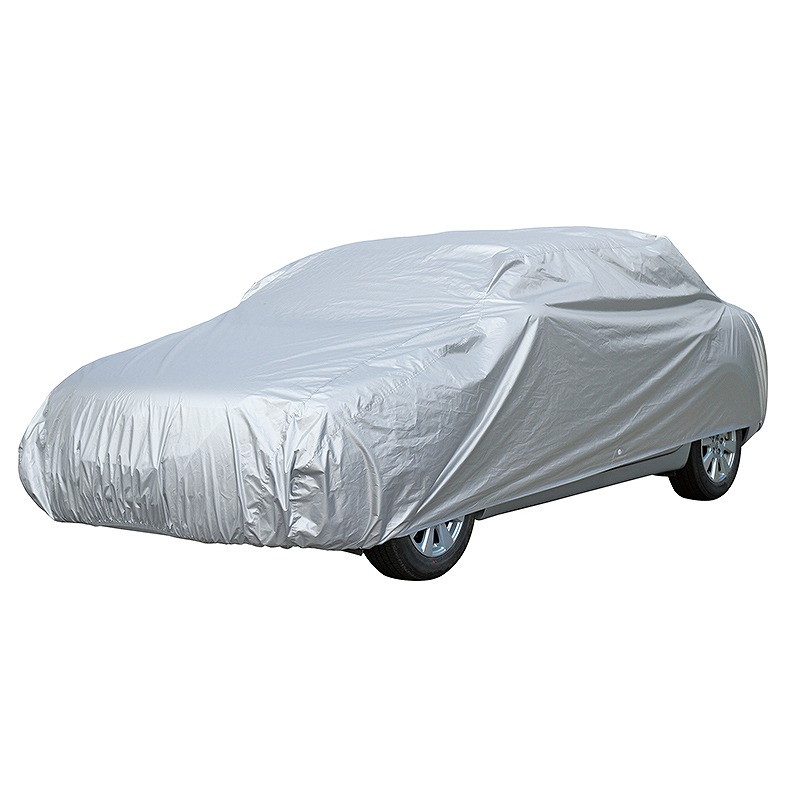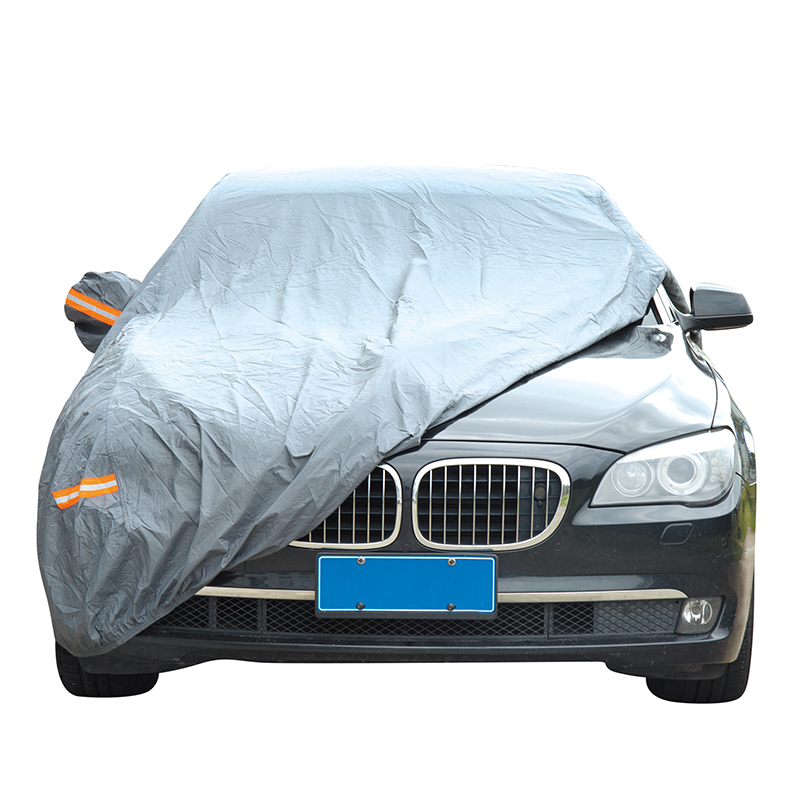Ensuring consistent product quality is a major focus for any accessories factory and accessories manufacturer engaged in the production of car interior components. From steering wheel covers to side mirror protectors and seat cushions, customers expect each item to meet uniform standards of performance, durability, and appearance. Behind this reliability lies a carefully designed system that integrates raw material control, modern equipment, experienced workers, and continuous inspection processes. Understanding how these elements interact helps explain why some factories maintain long-term customer trust across various markets.

Strict Raw Material Selection and Supplier Collaboration
The foundation of product consistency begins with materials. High-quality automotive accessories depend on fabrics, leather, and polymers that meet both visual and functional standards. Factories usually establish close partnerships with material suppliers to ensure stability in texture, elasticity, and color accuracy. Incoming materials are tested for wear resistance, waterproofing, and environmental compliance before entering production.
For instance, car interior covers or seat cushions must handle extended sunlight exposure and temperature changes without fading or cracking. To achieve this, manufacturers often set internal testing standards that exceed market requirements.
Advanced Equipment and Production Process Optimization
An accessories manufacturer that produces at scale relies heavily on precision equipment. Automated cutting machines, computerized sewing systems, and molding equipment help maintain accuracy in dimensions and stitching patterns. By digitizing repetitive steps, factories reduce the likelihood of human error and guarantee repeatable results across thousands of items.
Production layout optimization also contributes to stability. Materials flow smoothly from one stage to another—cutting, shaping, stitching, and packaging—under consistent environmental conditions. Air temperature and humidity control within workshops can be crucial when working with fabrics or synthetic leathers, as they influence material flexibility. Proper layout planning and process supervision ensure that every step meets predetermined tolerances and time schedules.
Skilled Workforce and Continuous Training
Technology alone cannot guarantee quality. Workers play an essential role in monitoring details that machines might miss, such as stitching alignment or color coordination. Experienced technicians can immediately identify irregularities that affect the final appearance or function of accessories.
Many factories provide structured training programs, ensuring that every operator understands the technical standards and visual benchmarks for each product line. For example, the team responsible for producing waterproof side mirror covers receives specialized instruction on seam sealing and coating application to enhance performance during winter use. Regular skill assessments encourage accountability and foster a shared sense of quality responsibility throughout the production team.
Multi-Stage Inspection and Quality Tracking
Before a product leaves the factory, it passes through multiple inspection stages. The inspection usually occurs after material cutting, followed by checks during assembly and a final examination after packaging. Inspectors use measuring tools, visual evaluation, and sometimes simulated-use testing to verify that the product meets durability and design standards.
Digital tracking systems are increasingly used to record batch numbers, inspection results, and operator data. This traceability allows managers to identify the source of any deviation and correct it quickly. A data-based approach not only improves accuracy but also supports long-term improvement, as production teams can review patterns to enhance future efficiency.
Product Testing and Environmental Adaptation
Automotive accessories must perform under varying weather and mechanical conditions. Factories typically maintain internal testing facilities to simulate sunlight, rain, and temperature extremes. Car mats, for instance, undergo flexing and slip-resistance testing, while seat covers are tested for abrasion and stitching strength.
These simulated tests provide measurable data that guide both production and product design improvements. The ability to anticipate how materials behave under stress enables the manufacturer to adjust compositions, reinforce seams, or improve coating techniques before mass production begins. This proactive strategy reduces customer complaints and ensures consistent performance across export markets with different climates.
Customer Feedback and Continuous Improvement
Maintaining product quality does not end once accessories are shipped. Customer feedback from distributors and end users forms a vital part of the quality assurance loop. Reports about fitting issues, color fading, or material wear are analyzed and discussed with the production and design teams. By turning feedback into actionable changes, factories can refine their standards and prevent similar issues in future batches.
This commitment to listening and adapting strengthens the overall production system. When every department—from purchasing to packing—participates in reviewing results, the entire organization stays aligned with the goal of consistent product performance.
Consistency in automotive accessory manufacturing arises from a combination of human experience, precise machinery, and well-managed processes. Every steering wheel cover, seat cushion, or mirror protector represents the outcome of disciplined coordination between materials, technology, and craftsmanship. Through constant monitoring and improvement, an accessories factory builds credibility not through slogans, but through the dependable quality of each product that reaches the customer.

 English
English 中文简体
中文简体 русский
русский Español
Español Deutsch
Deutsch عربى
عربى










